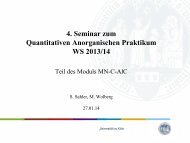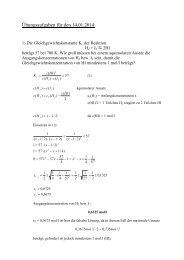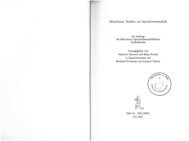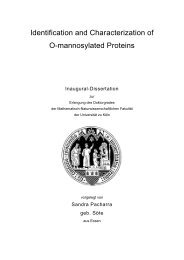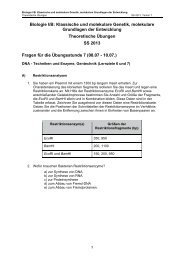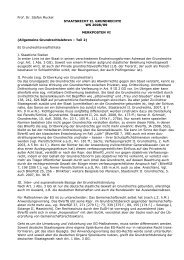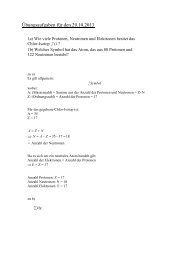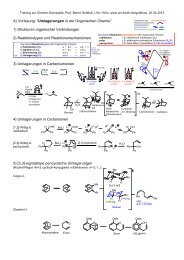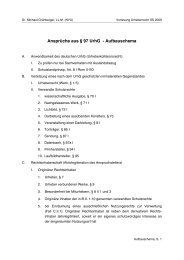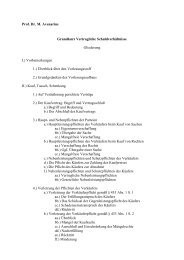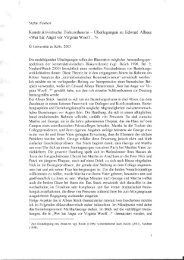Ptolemaic Music Fragments and Remains of Sophocles (Junior ...
Ptolemaic Music Fragments and Remains of Sophocles (Junior ...
Ptolemaic Music Fragments and Remains of Sophocles (Junior ...
Create successful ePaper yourself
Turn your PDF publications into a flip-book with our unique Google optimized e-Paper software.
50 M. L. West<br />
The ‘accidentals’ are mainly used to create semitone or minor third intervals that vary the basic<br />
structure <strong>of</strong> the tetrachord. As noted above, the exharmonic N is especially prominent in the B<br />
fragments. In B1 it alternates insistently with U (minor third), but appears also next to P (semitone); in<br />
B3 it alternates with L (minor third), <strong>and</strong> with the exharmonic T (tone, as it were f# g# in the key <strong>of</strong> F).<br />
In C6 again we find minor thirds (T M, U N U); so too in C13 <strong>and</strong> 16 (M T oscillating), 29, 38, 41 (N U N,<br />
resolving with a rising semitone to M); in C8 <strong>and</strong> 41 descending semitone slides (P T U [also in the Zeno<br />
papyrus], L M N); descending semitones also in C21 (T U), 28 (G D), 37 (P T), 40 (N P). The leap from U<br />
to D (diminished sixth) in C44 is exceptional. 6<br />
Not much can be said about the relationship between melody <strong>and</strong> accent, as the identification <strong>of</strong><br />
words is <strong>of</strong>ten uncertain. There is reasonable agreement in B1, so far as it goes, 7 <strong>and</strong> in C13 i 4; 14; 15<br />
ii 6(?); 42.2; on the other h<strong>and</strong> there appear to be clashes in C1 i 4; 4. 1; 6. 7; 13 ii 2; 15 i 3; 16.2; 43.2.<br />
A large measure <strong>of</strong> disagreement should be an indication <strong>of</strong> strophic composition. I have sometimes<br />
referred to the rise or fall <strong>of</strong> the melody as a criterion for choosing between different possibilities for<br />
accentuation or word division, but it is clearly not a very dependable one.<br />
Here now are the fragments <strong>of</strong> the ‘tragic’ group.<br />
B1 (31 fr. b: verso <strong>of</strong> A1). A piece <strong>of</strong> unmistakably tragic character. The insistence on the two notes N U<br />
<strong>and</strong> the interval <strong>of</strong> a minor third is remarkable.<br />
top<br />
ºU N U N— N N≥ ª<br />
ºn≥e iwimoi ee axionton≥e≥rat≥ª<br />
ºN≥ U N U N≥ ª<br />
ºo≥d≥e≥ iwpopoiwçd≥a≥ª<br />
º U N ª<br />
ºm≥anth≥ ≥ª<br />
º N≥ P≥ ª<br />
ºp≥oç≥ ≥ª<br />
º N≥ ª<br />
5 ºh≥paiç ª<br />
ºN N ª<br />
ºd≥e≥t≥ª<br />
. . .<br />
1–2 Word-spacing as shown. Typically tragic exclamations: duvsthºne (?), ijwv(i) moi, e] e{ … ijw; povpoi, sung as follows:<br />
So far as I know, the spelling ijwvi is not found elsewhere, though w[i moi is well attested. The letters e≥rat≥ are turned under.<br />
a[xion to; gevra" not excluded 2 Perhaps tºovde 3 e.g. ojloivºman, ejºmavn t∆ 5 pai'"? Thetis lamenting Achilles? A space<br />
after; line-end?<br />
6 Perhaps it resolved to G; cf. the sequence U G D in C28.<br />
7 ‘Agreement’ is shorth<strong>and</strong> for the code set out in Ancient Greek <strong>Music</strong>, 199.



